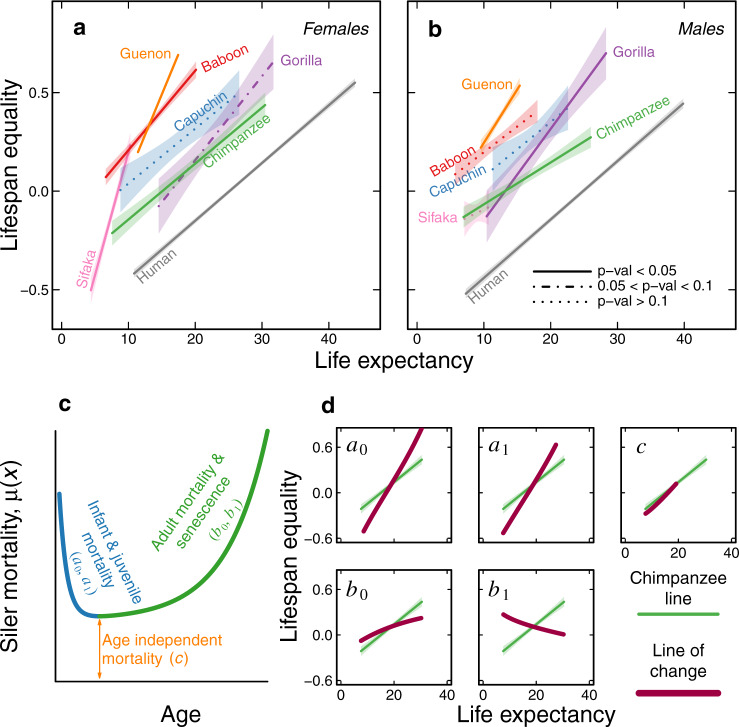Fig. 1. The life expectancy–lifespan equality landscape for seven genera of primates for for both sexes.
a Life expectancy and lifespan equality regression lines for females; each species is represented by a different colour. b Life expectancy and lifespan equality regression lines for males. Each genus is characterised by a relatively constrained relationship between life expectancy and lifespan equality, and thus a distinct regression line; colours as in a. The central lines are the predicted fitted values of the regression and the type of line (e.g. continuous, dashed, or dotted) depicts three levels for the p values of the slopes (how significantly different from 0 they are, two-sided t test, H0: β1 = 0, Supplementary Table 1), while the shaded polygons show the 95% confidence intervals of the regressions. c The relationship between the Siler mortality parameters and the resulting mortality function, given by the equation μ(x) = exp(a0 – a1 x) + c + exp(b0 + b1 x), where infant and juvenile mortality (blue) are controlled by parameters a0 and a1, age-independent mortality (orange) is captured by c, and senescent mortality (green) is captured by b0 (initial adult mortality) and b1 (rate of ageing). d Each box shows how gradual changes in each Siler mortality parameter modify the life expectancy and lifespan equality values (thick purple lines). The green line in each box corresponds to the regression line for female chimpanzees, shown for reference to illustrate the general trends among all genus lines. The purple curves show the changes in life expectancy and lifespan equality after varying individual Siler parameters while holding the other parameters constant. Note the striking change in life expectancy and lifespan equality that would result from changes in the ageing parameters, particularly b1. See Supplementary Fig. S3 for plots that include individual points for each population. Source data to generate the regression lines are available in Supplementary Data 3.

